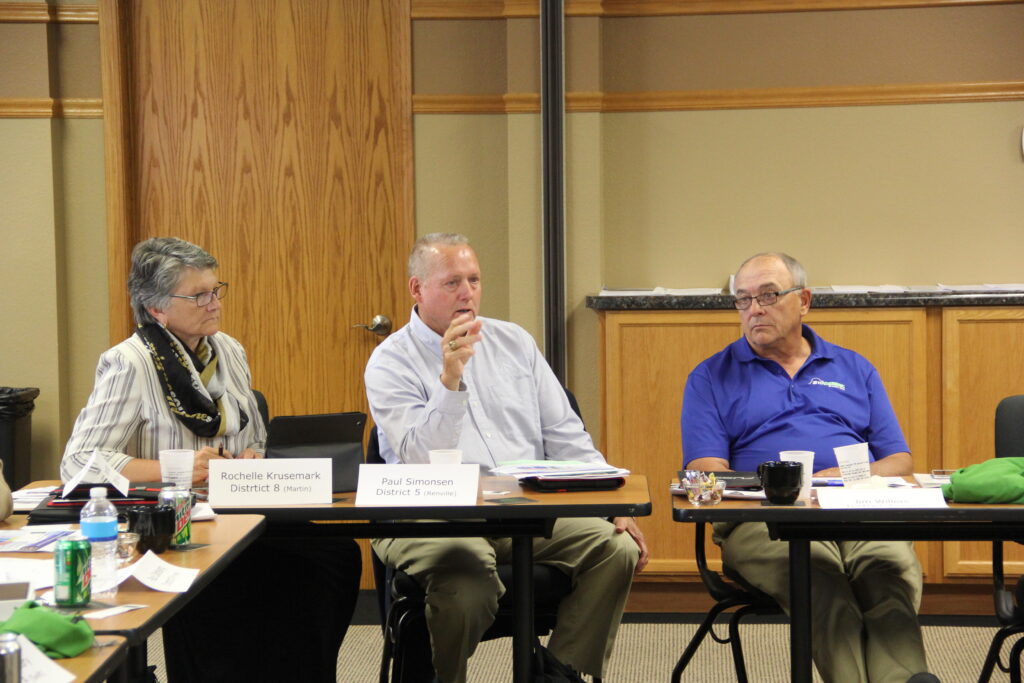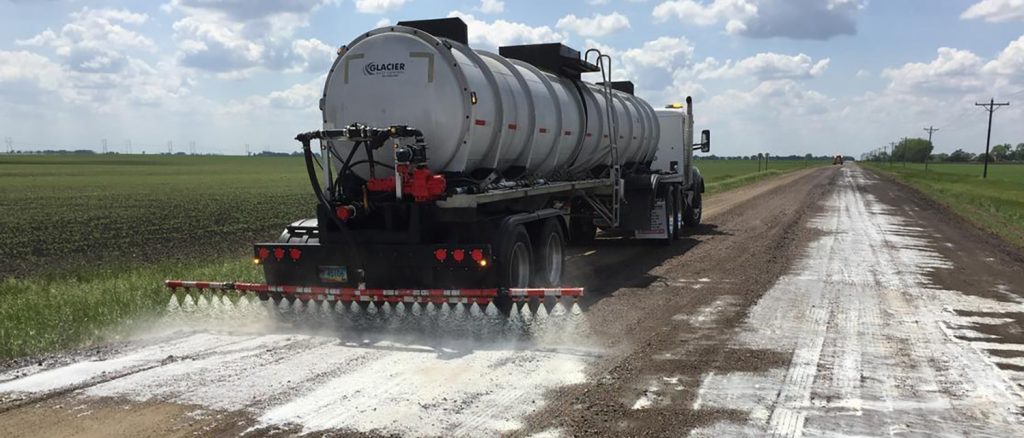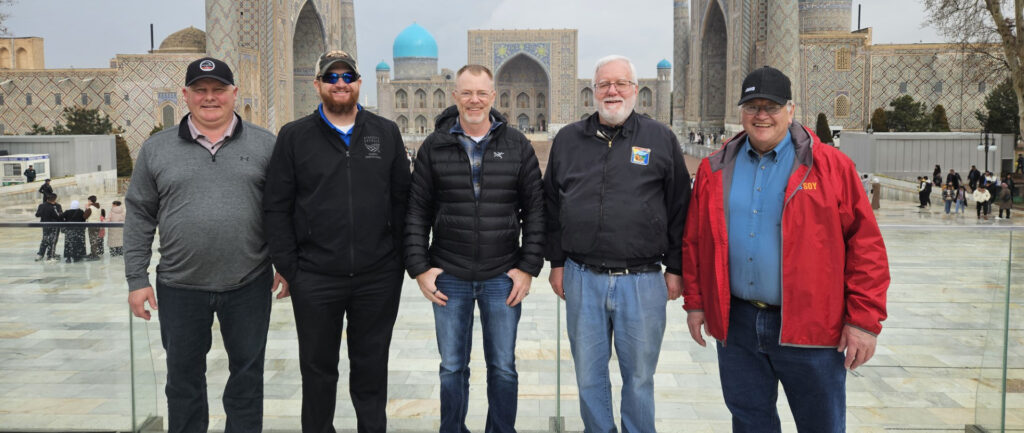The Minnesota Soybean Research & Promotion Council (MSR&PC) is holding board member elections in 2024. In their respective roles, Council members help direct soybean checkoff dollars toward different projects, including research, educational outreach and market development.
Renville County grower Paul Simonsen served on the Council for nine years. Simonsen became involved in the international marketing committee and earned the chair position for two years. When looking back on his Council tenure, Simonsen touted the value of meeting new people and making connections.
“The people that you meet are great, not only on the Council and the (Minnesota Soybean Growers Association) and locally here in the state of Minnesota, but then as you proceed to the national level and even at an international level,” Simonsen said. “I miss those people. I still get Christmas cards from some of them.”
Simonsen was able to meet people from all over the world. One of his favorite memories involved a group of Foreign Ag Service directors from Japan and Asia who came to visit Minnesota. Simonsen took the group out on a pontoon for entertainment during their stay, and one Japanese director never forgot the experience. A few years later, Simonsen traveled to Japan to talk about soybean’s quality protein, and ran into his Japanese acquaintance.

“That’s something that sticks out in my mind,” said Simonsen. “There’s a lot of good memories.”
Keith Schrader agreed. Schrader farms in Rice County where he raises commercial and food grade soybeans in partnership with his three sons. After previously serving on MSGA’s board, Schrader found a greater appreciation for trade, marketing and research, which led him to run for a Council position. Like Simonsen, Schrader also served on MSR&PC for nine years.
Seeing new cultures, varieties
Schrader received the most value through the Council’s dedication to invest Minnesota soybean farmers’ checkoff dollars responsibly. And the proof is in the details: According to the latest stats, for every dollar paid into the checkoff, growers earn $12.34 in return value.
“We made sure that the money that we took from the farmers was spent wisely, and they added value to the price of soybeans and not wasted on anything that was frivolous,” said Schrader. “It was satisfying to find good value in projects.”
The value taken from those projects not only benefited soybean farmers in Minnesota, but also brought on-farm ROI. Schrader absorbed what he learned from research projects and applied them to his operation back home.
“Getting into food grade soybeans was a product of me being on the soybean Council when we learned about the added value,” said Schrader, who now collects a premium from the 35% of his soybeans that are food grade. “A lot of the research studies we used in production practice on our farm, and that was huge.”
Simonsen also took what he learned from the Council and brought it to his farm. After traveling to Chile to watch the breeding process for high oleic soybeans, a project partially funded by the Council, Simonsen decided to add the specialty bean to his crop rotation.
International travel offer unique opportunities for directors. Both Simonsen and Schrader represented the Council by traveling not only within the U.S., but across the globe, helping to open their eyes to U.S. soy’s worldwide value. During his Council tenure, Simonsen toured 15 different countries. But they weren’t vacations, he emphasized. Participants can expect long days and early mornings packed with meetings and events.
His last excursion was a 2016 trade mission to Cuba with then Gov. Mark Dayton. The mission helped Simonsen promote U.S. to an entirely new market.
“That was really interesting,” said Simonsen. “We got to see the culture down there and the possibilities.”
Schrader also had the opportunity to travel and see U.S. Soy’s on-ground international impact.
“I pretty much hit every country in the Asia, along with Europe and Moldova. “I got to know a lot of good people overseas.”
Schrader’s favorite memory was created right here at home. During his time on the Councill’s communications committee, Schrader worked with the team to create a big campaign for the launch of Minnesota’s historic move to B20 (20% biodiesel) in the summer month.
“That was a big satisfaction,” said Schrader. “We were able to do a lot of awareness projects and spread information to make sure that the public was comfortable with the 20%.”
If Schrader had to give one piece of advice to those looking to run for a position, it would be to take the chance to broaden your horizons.
“Be aware of the time commitment,” Schrader said, “but feel the satisfaction of trying to help the farmers of Minnesota achieve more profitability raising soybeans.”
Simonsen agrees that while there is a time commitment, the opportunities far outweigh that.
“I would encourage people to get on the board,” he said. “These agricultural boards are looking for the next generation to step up. There are a lot of good opportunities.”
Dates to remember
The Council, in conjunction with the Minnesota Department of Agriculture, holds commodity council elections each spring. In 2024, five Council positions are up for election. Interested candidates need to fill out a candidate biography form and a candidate certification form and return to Minnesota Soybean by Jan. 22, 2024.
Council Candidate forms can be found here.
Council election dates to remember:
• Ballot requests and candidate forms are due to melinda@mnsoybean.com by Monday, Jan. 22
• Ballots will be mailed by MDA Friday, March 15
• Ballots must be postmarked by Monday, April 1







